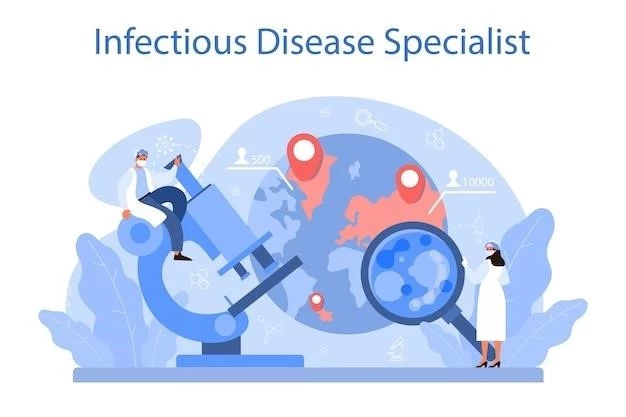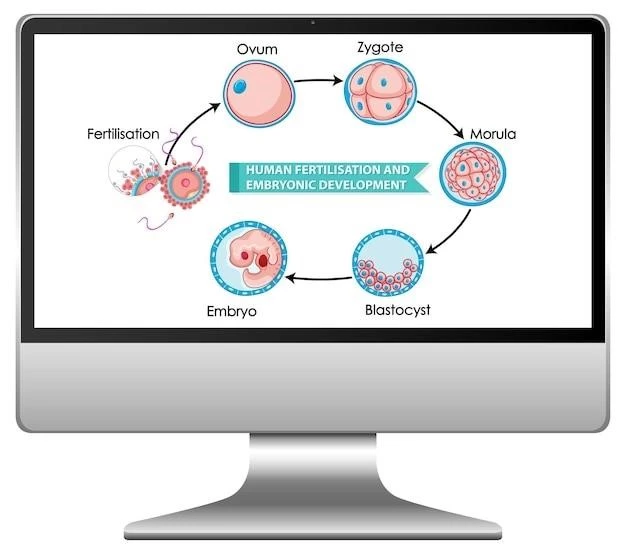Introduction to Mycobacterium avium complex (MAC) infection
Mycobacterium avium complex (MAC) infection in humans is caused by two main species⁚ M avium and Mycobacterium intracellulare. Because these species are difficult to differentiate, they are collectively referred to as Mycobacterium avium-intracellulare (MAI).
Overview of MAC infection
The Mycobacterium avium complex (MAC) is caused by two main species⁚ M. avium and M. intracellulare, collectively known as Mycobacterium avium-intracellulare (MAI). MAC primarily affects the lungs and can lead to pulmonary infections. Atypical mycobacteria associated with MAC infection can cause various diseases, including skin infections and disseminated infections, especially in individuals with weakened immune systems. Understanding the epidemiology, clinical presentation, diagnosis, and management of MAC infection is crucial for effective treatment and prevention.

Causes and Types of Mycobacterium avium complex (MAC) infection
Mycobacterium avium complex (MAC) infection in humans is primarily caused by two main species⁚ M. avium and Mycobacterium intracellulare, collectively known as Mycobacterium avium-intracellulare (MAI). MAC is a challenging pathogen to treat, especially for individuals with weakened immune systems. Understanding the types and causes of MAC infection is crucial for effective management and prevention.
Main species causing MAC infection
The main species causing Mycobacterium avium complex (MAC) infection in humans are M. avium and Mycobacterium intracellulare. These species, collectively known as Mycobacterium avium-intracellulare (MAI), are challenging pathogens, particularly for individuals with weakened immune systems. Understanding the specific characteristics and impacts of these species is crucial for the effective diagnosis and management of MAC infection.
Atypical mycobacteria associated with MAC infection
Atypical mycobacteria, also referred to as nontuberculous mycobacteria, are organisms causing a variety of diseases, including skin infections, lymphadenitis, pulmonary infection, and disseminated infection. Among the atypical mycobacteria, the Mycobacterium avium complex (MAC) bacteria are commonly associated with human diseases, necessitating thorough understanding for accurate diagnosis and effective treatment strategies to combat these infections.
Epidemiology of Mycobacterium avium complex (MAC) infection
Mycobacterium avium complex (MAC) infection refers to multiple related species of nontuberculous mycobacteria (NTM) that are widely distributed in the environment. Recent surveillance data have shown an increasing rate of MAC infection in some regions within the United States. Understanding the epidemiology of MAC infection is crucial for implementing appropriate preventive measures and effective management strategies.
Distribution and prevalence of MAC infection
The Mycobacterium avium complex (MAC) infection, caused by various species of nontuberculous mycobacteria (NTM), is widely distributed in the environment. Recent surveillance indicates an increasing prevalence of MAC infection in certain regions of the United States, highlighting the importance of understanding the distribution patterns and prevalence rates of this complex infection. This knowledge is essential for implementing appropriate preventive measures and effective management strategies to combat MAC infection.
Clinical Presentation and Symptoms of Mycobacterium avium complex (MAC) infection
Clinical presentation of Mycobacterium avium complex (MAC) infection can involve various symptoms, primarily affecting the lungs. Common manifestations may include respiratory issues, fatigue, fever, weight loss, and night sweats. Proper diagnosis is essential to differentiate MAC from other respiratory conditions and initiate appropriate management strategies promptly.
Common manifestations of MAC infection
Patients with Mycobacterium avium complex (MAC) infection may experience a variety of symptoms, including respiratory issues, such as cough and shortness of breath, persistent fatigue, weight loss, fever, and night sweats. These common manifestations are typically associated with pulmonary involvement, highlighting the importance of early recognition and diagnosis to initiate appropriate treatment interventions and improve outcomes.
Diagnosis and Management of Mycobacterium avium complex (MAC) infection
Diagnosing Mycobacterium avium complex (MAC) infection can be challenging due to its similarities to other respiratory conditions. Management strategies involve a combination of therapies tailored to the patient’s specific condition. Early and accurate diagnosis is crucial for effective treatment and better patient outcomes.
Challenges in diagnosing MAC infection
Diagnosing Mycobacterium avium complex (MAC) infection poses challenges due to its similarities to other respiratory conditions. The complex nature of the disease, including varied presentations and overlapping symptoms, can complicate accurate diagnosis. Specialized testing and expertise may be required to differentiate MAC infection from other pulmonary diseases effectively. Early and precise diagnosis is crucial for initiating appropriate management strategies and optimizing patient outcomes.
Treatment options for MAC infection
Managing Mycobacterium avium complex (MAC) infection requires a comprehensive approach involving a combination of antibiotics tailored to the specific strain. Treatment regimens often include macrolides such as clarithromycin or azithromycin, along with rifampin and ethambutol. It is essential to follow the prescribed treatment plan diligently and regularly monitor for any side effects or drug interactions. Adhering to the treatment regimen is crucial for effectively combating MAC infection and achieving favorable outcomes.

Prevention of Mycobacterium avium complex (MAC) infection
Preventing Mycobacterium avium complex (MAC) infection involves avoiding exposure to contaminated soil and water sources, especially for individuals with weakened immune systems. Implementing good hygiene practices, such as proper handwashing and avoiding consumption of untreated water, can also help reduce the risk of MAC infection. Consult with healthcare providers for specific preventive measures tailored to individual health needs.
Prevention of Mycobacterium avium complex (MAC) infection
To prevent Mycobacterium avium complex (MAC) infection, individuals should avoid exposure to potentially contaminated soil and water sources, particularly those with compromised immune systems. Maintaining good hygiene practices, such as proper handwashing and avoiding the consumption of untreated water, can also help reduce the risk of MAC infection. Consulting with healthcare providers for personalized preventive measures based on individual health conditions is advisable.
Complications of Mycobacterium avium complex (MAC) infection
Complications of Mycobacterium avium complex (MAC) infection can include severe lung damage, respiratory failure, and dissemination to other organs. Proper management and timely treatment are essential to prevent complications and improve outcomes. Consult healthcare providers for guidance.
Possible complications associated with MAC infection
Complications linked to Mycobacterium avium complex (MAC) infection include severe lung damage, respiratory failure, and dissemination to other organs, especially in immunocompromised individuals. Proper management strategies and prompt treatment are crucial in preventing serious complications and improving patient outcomes. Consulting healthcare providers for personalized guidance and monitoring is essential in addressing potential complications of MAC infection.
Research and Advancements in Mycobacterium avium complex (MAC) infection
Research on Mycobacterium avium complex (MAC) infection is vital for developing better diagnostic tools, treatment strategies, and understanding the interactions between the bacteria and the host’s immune system. Advancements in genetic sequencing, immunotherapies, and novel antibiotics are promising areas in the pursuit of more effective management of MAC infection. Stay informed about the latest research findings to enhance patient care and outcomes.
Current research trends in MAC infection
Current research on Mycobacterium avium complex (MAC) infection is focusing on developing improved diagnostic tools, innovative treatment strategies, and exploring the interactions between MAC bacteria and the host immune system. Scientists are investigating genetic sequencing techniques, immunotherapies, and novel antibiotics to enhance the management of MAC infection. Staying updated on these research trends can lead to advancements in the diagnosis and treatment of MAC infection.
Conclusion and Future Outlook on Mycobacterium avium complex (MAC) infection
While the challenges in diagnosing and treating Mycobacterium avium complex (MAC) infection persist, ongoing research and advancements offer hope for more effective management strategies. The future outlook on MAC infection centers around developing innovative diagnostic tools, exploring new treatment modalities, and understanding the complex interactions between the bacteria and the host immune system. By staying informed about the latest developments in MAC research, healthcare providers and patients can work together to improve outcomes and quality of life for those affected by this infection.
